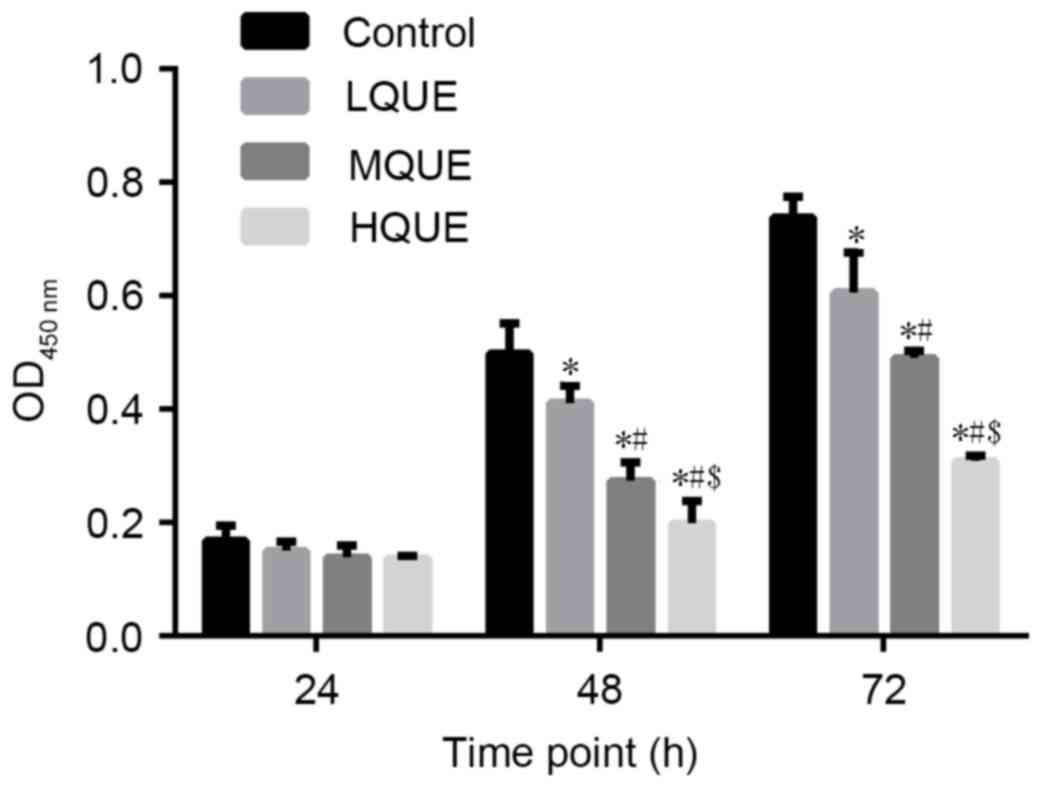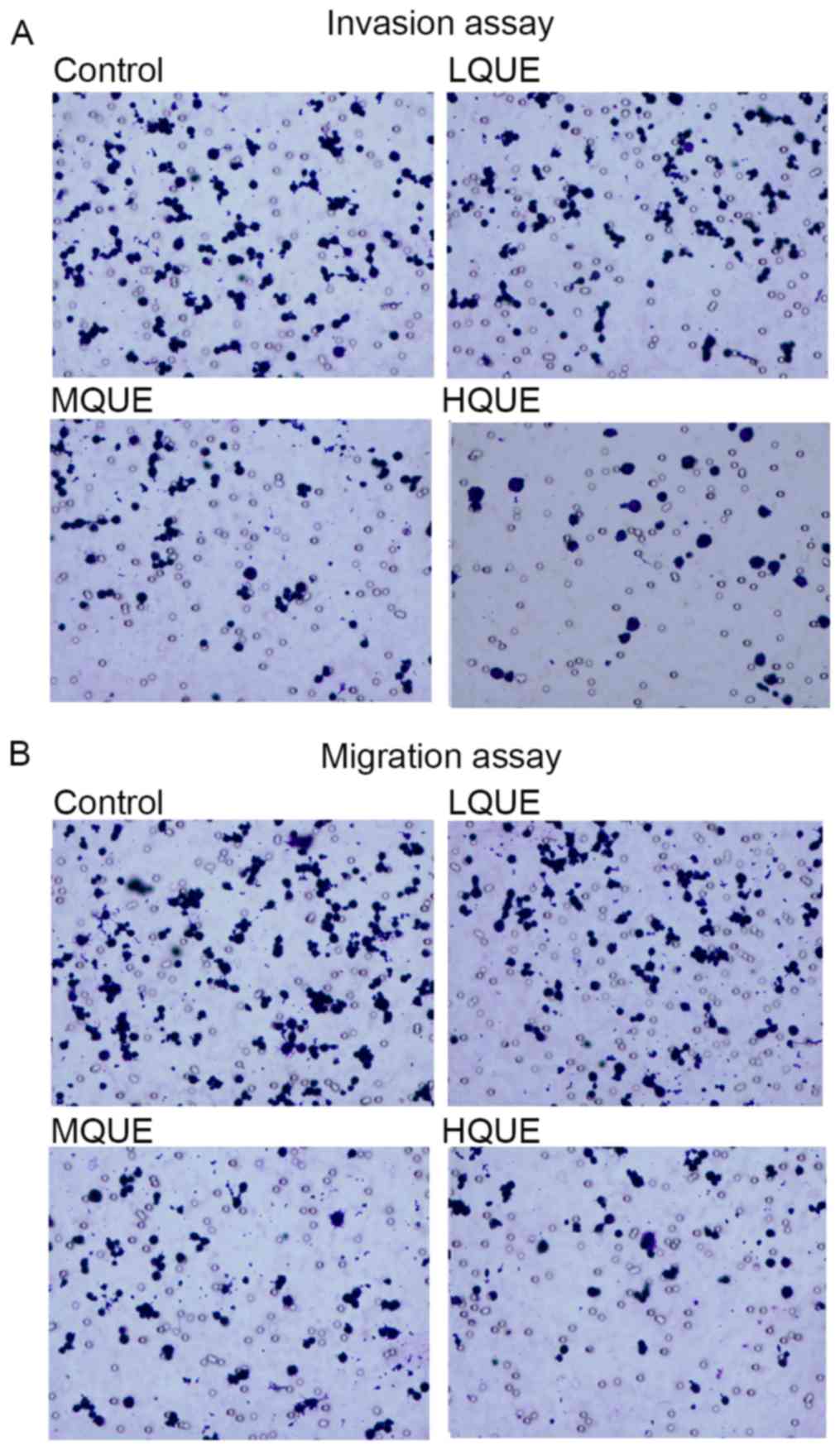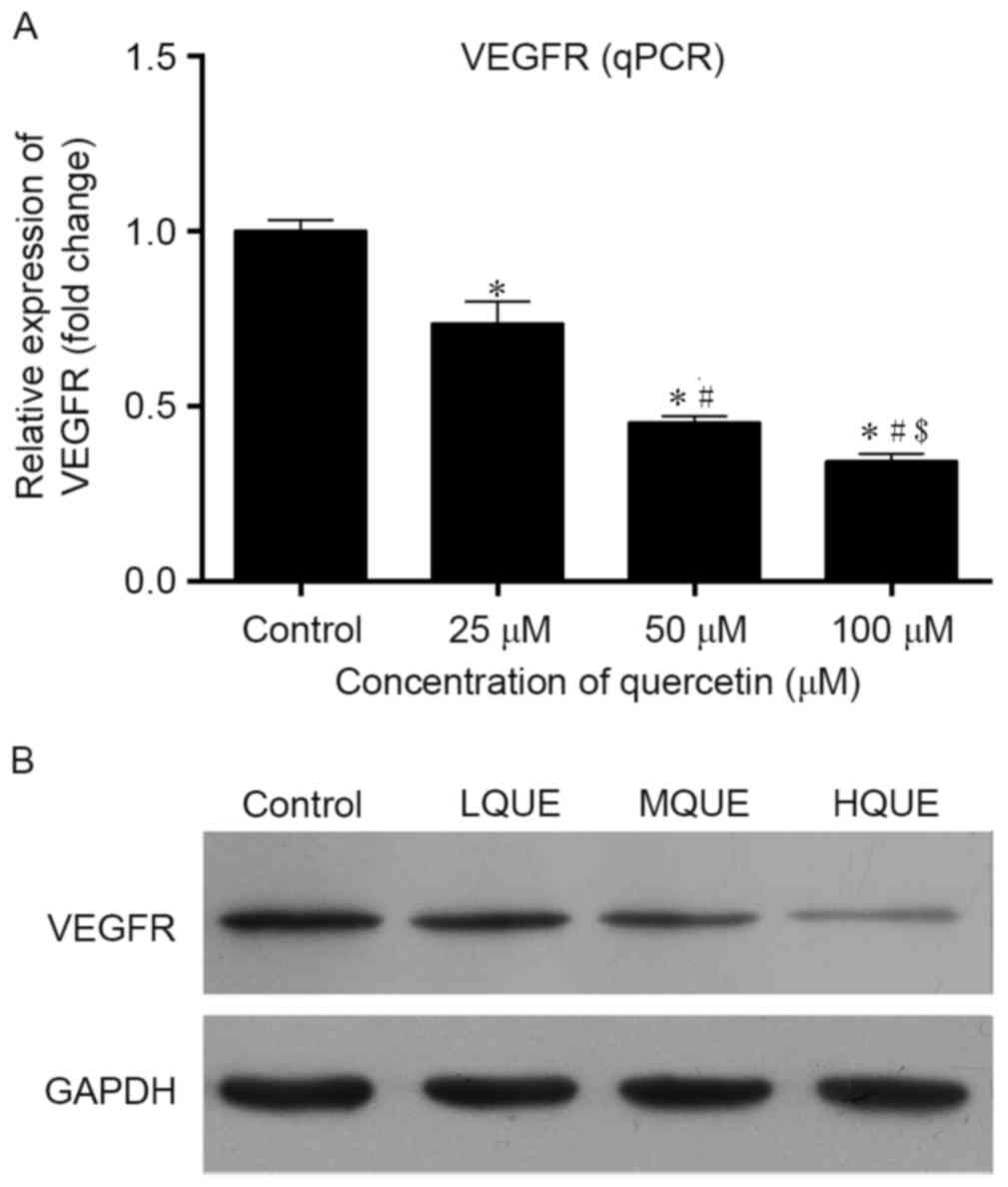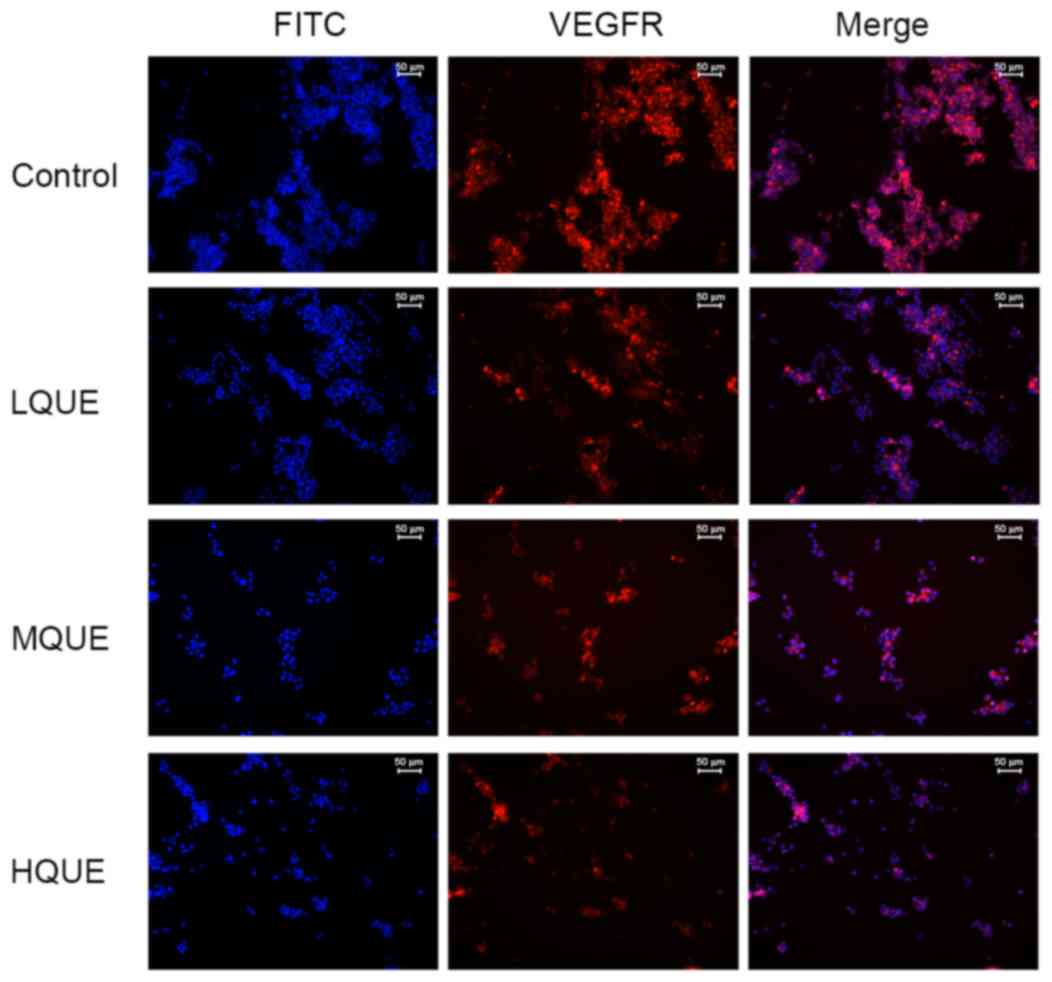|
1
|
Menon BS, Alagaratnam J, Juraid EA,
Mohamed M, Ibrahim H and Naing NN: Late presentation of
retinoblastoma in Malaysia. Pediatr Blood Cancer. 52:215–217. 2009.
View Article : Google Scholar : PubMed/NCBI
|
|
2
|
Bowman RJ, Mafwir MI, Luther P, Luande J
and Wood M: Outcome of retinoblastoma in east Africa. Pediatr Blood
Cancer. 50:160–162. 2008. View Article : Google Scholar : PubMed/NCBI
|
|
3
|
Abramson DH, Frank CM, Susman M, Whalen
MP, Dunkel IJ and Boyd NW: Presenting signs of retinoblastoma. J
Pediatr. 132:505–508. 1998. View Article : Google Scholar : PubMed/NCBI
|
|
4
|
Kivelä T: The epidemiological challenge of
the most frequent eye cancer: Retinoblastoma, an issue of birth and
death. Brit J Ophthalmol. 93:1129–1131. 2009. View Article : Google Scholar
|
|
5
|
Leal-Leal C, Flores-Rojo M, Medina-Sansón
A, Cerecedo-Díaz F, Sánchez-Félix S, González-Ramella O,
Pérez-Pérez F, Gómez-Martínez R, Quero-Hernández A,
Altamirano-Alvarez E, et al: A multicentre report from the Mexican
Retinoblastoma Group. Br J Ophthalmol. 88:1074–1077. 2004.
View Article : Google Scholar : PubMed/NCBI
|
|
6
|
Comings DE: A general theory of
carcinogenesis. Proc Natl Acad Sci USA. 70:3324–3328. 1973.
View Article : Google Scholar : PubMed/NCBI
|
|
7
|
Friend SH, Bernards RA, Rogelj S, Weinberg
RA, Rapaport JM, Albert DM and Dryja TP: A human DNA segment with
properties of the gene that predisposes to retinoblastoma and
osteosarcoma. Nature. 323:643–646. 1986. View Article : Google Scholar
|
|
8
|
Alfred G and Knudson AG Jr: Mutation and
cancer: Statistical study of retinoblastoma. Proc Natl Acad Sci
USA. 68:820–823. 1971. View Article : Google Scholar : PubMed/NCBI
|
|
9
|
Dimaras H, Kimani K, Dimba EA, Gronsdahl
P, White A, Chan HS and Gallie BL: Retinoblastoma. Lancet.
379:1436–1446. 2012. View Article : Google Scholar : PubMed/NCBI
|
|
10
|
Shields CL and Shields JA: Basic
understanding of current classification and management of
retinoblastoma. Curr Opin Ophthalmol. 17:228–234. 2006. View Article : Google Scholar : PubMed/NCBI
|
|
11
|
Saxena P and Kaur J: Differential
expression of genes in retinoblastoma. Clin Chim Acta.
412:2015–2021. 2011. View Article : Google Scholar : PubMed/NCBI
|
|
12
|
Rossler J, Dietrich T, Pavlakovic H,
Schweigerer L, Havers W, Schüler A, Bornfeld N and Schilling H:
Higher vessel densities in retinoblastoma with local invasive
growth and metastasis. Am J Pathol. 164:391–394. 2004. View Article : Google Scholar : PubMed/NCBI
|
|
13
|
Marback EF, Arias VEA, Paranhos A Jr,
Soares FA, Murphree AL and Erwenne CM: Tumour angiogenesis as a
prognostic factor for disease dissemination in retinoblastoma. Br J
Ophthalmol. 87:1224–1228. 2003. View Article : Google Scholar : PubMed/NCBI
|
|
14
|
Houston SK, Murray TG, Wolfe SQ and
Fernandes CE: Current update on retinoblastoma. Int Ophthalmol
Clin. 51:77–91. 2011. View Article : Google Scholar : PubMed/NCBI
|
|
15
|
Slusarz A, Shenouda NS, Sakla MS,
Drenkhahn SK, Narula AS, MacDonald RS, Besch-Williford CL and
Lubahn DB: Common botanical compounds inhibit the hedgehog
signaling pathway in prostate cancer. Cancer Res. 70:3382–3390.
2010. View Article : Google Scholar : PubMed/NCBI
|
|
16
|
Comalada M, Camuesco D, Sierra S,
Ballester I, Xaus J, Gálvez J and Zarzuelo A: In vivo quercitrin
anti-inflammatory effect involves release of quercetin, which
inhibits inflammation through down-regulation of the NF-kappaB
pathway. Eur J Immunol. 35:584–592. 2005. View Article : Google Scholar : PubMed/NCBI
|
|
17
|
Murakami A, Ashida H and Terao J:
Multitargeted cancer prevention by quercetin. Cancer Lett.
269:315–325. 2008. View Article : Google Scholar : PubMed/NCBI
|
|
18
|
Granado-Serrano AB, Martin MA, Bravo L,
Goya L and Ramos S: Quercetin induces apoptosis via caspase
activation, regulation of Bcl-2 and inhibition of PI-3-kinase/Akt
and ERK pathways in a human hepatoma cell line (HepG2). J Nutr.
136:2715–2721. 2006.PubMed/NCBI
|
|
19
|
Duraj J, Zazrivcova K, Bodo J, Sulikova M
and Sedlak J: Flavonoid quercetin, but not apigenin or luteolin,
induced apoptosis in human myeloid leukemia cells and their
resistant variants. Neoplasma. 52:273–279. 2004.
|
|
20
|
Pratheeshkumar P, Budhraja A, Son YO, Wang
X, Zhang Z, Ding S, Wang L, Hitron A, Lee JC, Xu M, et al:
Quercetin inhibits angiogenesis mediated human prostate tumor
growth by targeting VEGFR-2 regulated AKT/mTOR/P70S6K signaling
pathways. PLoS One. 7:e475162012. View Article : Google Scholar : PubMed/NCBI
|
|
21
|
Livak KJ and Schmittgen TD: Analysis of
relative gene expression data using real-time quantitative PCR and
the 2(−Dela Delta C(T)) method. Methods. 25:402–408. 2001.
View Article : Google Scholar : PubMed/NCBI
|
|
22
|
Merriam GR Jr: Retinoblastoma; analysis of
17 autopsies. Arch Ophthal. 44:71–108. 1950. View Article : Google Scholar : PubMed/NCBI
|
|
23
|
Carbajal UM: Metastasis in retinoblastoma.
Am J Ophthalmol. 48:47–69. 1959. View Article : Google Scholar : PubMed/NCBI
|
|
24
|
Taktikos A: Investigation of
retinoblastoma with special reference to histology and prognosis.
Br J Ophthalmol. 50:225–234. 1966. View Article : Google Scholar : PubMed/NCBI
|
|
25
|
Rubin CM, Robison LL, Cameron JD, Woods
WG, Nesbit ME Jr, Krivit W, Kim TH, Letson RD and Ramsay NK:
Intraocular retinoblastoma group V: An analysis of prognostic
factors. J Clin Oncol. 3:680–685. 1985. View Article : Google Scholar : PubMed/NCBI
|
|
26
|
Kopelman JE, McLean IW and Rosenberg SH:
Multivariate analysis of risk factors for metastasis in
retinoblastoma treated by enucleation. Ophthalmology. 94:371–377.
1987. View Article : Google Scholar : PubMed/NCBI
|
|
27
|
Liu Q, Wang Y, Wang H, Liu Y, Liu T and
Kunda PE: Tandem therapy for retinoblastoma: Immunotherapy and
chemotherapy enhance cytotoxicity on retinoblastoma by increasing
apoptosis. J Cancer Res Clin Oncol. 139:1357–1372. 2013. View Article : Google Scholar : PubMed/NCBI
|
|
28
|
Ren MX, Deng XH, Ai F, Yuan GY and Song
HY: Effect of quercetin on the proliferation of the human ovarian
cancer cell line SKOV-3 in vitro. Exp Ther Med. 10:579–583.
2015.PubMed/NCBI
|
|
29
|
Park CH, Chang JY, Hahm ER, Park S, Kim HK
and Yang CH: Quercetin, a potent inhibitor against beta-catenin/Tcf
signaling in SW480 colon cancer cells. Biochem Biophys Res Commun.
328:227–234. 2005. View Article : Google Scholar : PubMed/NCBI
|
|
30
|
Folkman J, Watson K, Ingber D and Hanahan
D: Induction of angiogenesis during the transition from hyperplasia
to neoplasia. Nature. 339:58–61. 1989. View
Article : Google Scholar : PubMed/NCBI
|
|
31
|
Liotta LA, Steeg PS and Stetler-Stevenson
WG: Cancer metastasis and angiogenesis: An imbalance of positive
and negative regulation. Cell. 64:327–336. 1991. View Article : Google Scholar : PubMed/NCBI
|
|
32
|
Tang N, Shi L, Yu Z, Dong P, Wang C, Huo
X, Zhang B, Huang S, Deng S, Liu K, et al: Gamabufotalin, a major
derivative of bufadienolide, inhibits VEGF-induced angiogenesis by
suppressing VEGFR-2 signaling pathway. Oncotarget. 7:3533–3547.
2016. View Article : Google Scholar : PubMed/NCBI
|
|
33
|
Zhang Z, Zhang H, Peng T, Li D and Xu J:
Melittin suppresses cathepsin S-induced invasion and angiogenesis
via blocking of the VEGF-A/VEGFR-2/MEK1/ERK1/2 pathway in human
hepatocellular carcinoma. Oncol Lett. 11:610–618. 2016.PubMed/NCBI
|
|
34
|
Keck PJ, Hauser SD, Krivi G, Sanzo K,
Warren T, Feder J and Connolly DT: Vascular permeability factor, an
endothelial cell mitogen related to PDGF. Science. 246:1309–1312.
1989. View Article : Google Scholar : PubMed/NCBI
|
|
35
|
Tie J and Desai J: Antiangiogenic
therapies targeting the vascular endothelia growth factor signaling
system. Crit Rev Oncog. 17:51–67. 2012. View Article : Google Scholar : PubMed/NCBI
|














